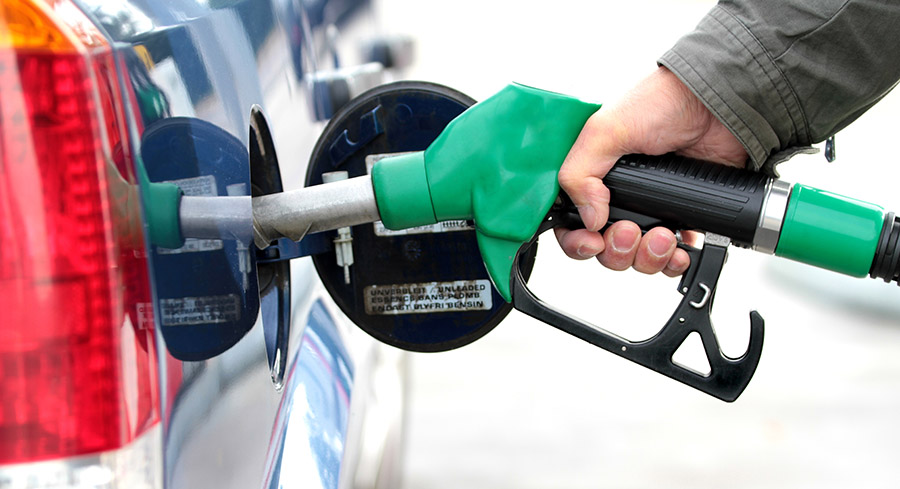
I. CEO Message
II. HR Message
III. Industry Update
IV. Kubat Introduction
V. Employee Spotlights
VI. Construction Corner
VII. East Region Update
VIII. Service Message
IX. Customer Spotlights
Industry Update – Bill Reichold
Unraveling the Mystery of Gas Prices
The price of gas is in the news a lot these days. And I do mean A LOT! It affects all of us as we fill our D&H United service trucks, take the kids to football practice, or go on a summer driving vacation. Consequently, I thought I’d use my space in this quarter’s newsletter to explain how the price gets to be THE PRICE.
What makes up the retail price of gas?
The number one factor that influences retail fuel pricing is the price of crude oil. However, there are three other factors: taxes, refining, and distribution/marketing that also play a part.
- Crude Oil: Since 2006, on average crude oil has been responsible for 58% of the retail price of gasoline. No wonder the price of crude is always in the news.
- Taxes: Typically the second largest component, taxes contribute on average 16%. The federal excise tax adds 18.4 cents per gallon, but state assessed taxes can range dramatically from a high of an additional 68 cents in California to a low of 15 cents in Alaska.
- Refining: The costs to convert crude oil into a product that vehicles can use in their engines contributes on average 13% to the price at the pump.
- Distribution and Marketing: This category includes everything that happens after the refinery converts crude oil into gasoline, including pipeline transport, terminal operations, wholesale distribution and retail operations and profits. On average, it contributes 13% to the pump price.

Do retailers make more money when the price of gas goes up?
Actually, they don’t. And in fact, they tend to make less money. Two reasons for that. First, even though their costs are going up retailers are cautious about raising prices as fast as their costs are going up as they may lose volume to the guy across the street who has yet to raise his prices. Second, the credit card companies (think VISA) take approximately 2.5% from every transaction as a fee to process the card. So when the price of gas doubles from $2.25/gl to $4.50/gl the retailer has to pay the credit card company an additional fee of 6 cents a gallon. Not very fair to the retailer since the credit card company doesn’t have any higher costs to process the payment. But that’s for another newsletter!
Do gas prices influence demand?
Higher pump prices do not necessarily result in reduced demand. So often, headlines will assert that high prices at the pump have inspired significant change in consumer behavior by reducing travel, carpooling or purchasing fuel efficient vehicles. The reality is quite different. We are creatures of habit and it is rare that we want to give up driving our car to work and take the bus instead (and that’s if there is public transportation even available). We also don’t tend to by compact cars when the price of gas is high!
Do gas prices affect other aspects of the economy?
There is a nature effect on consumer product pricing when the price of gas rises. The most simplest form is in transportation costs. If it now costs a truck $500 more to cross the country with a load of produce we will eventually see that increase in what we pay for a head of lettuce. The one good thing about this cost/price relationship is that these types of costs will go down at the same pace as they went up when the price of gas drops.
*Portions of this article from the Fuels Institute post of February 24, 2022: Fuel Prices – In Context, not Hype*
